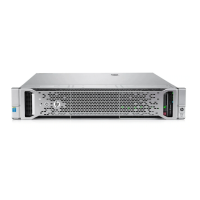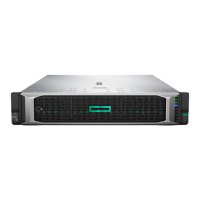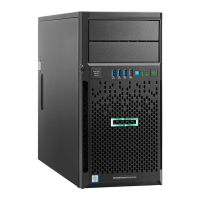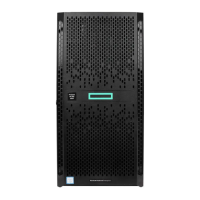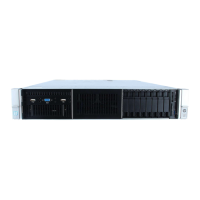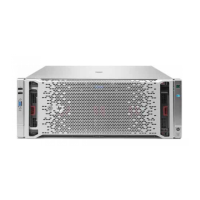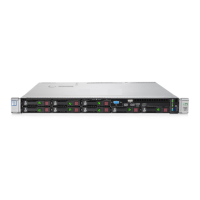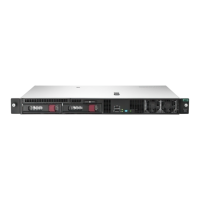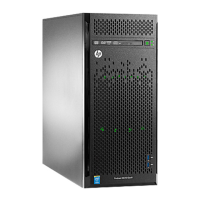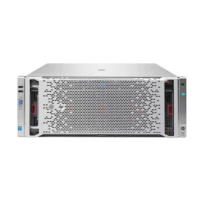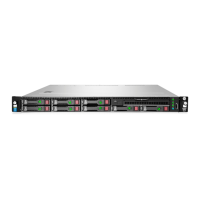• iLO Hostname—The DNS name of the iLO subsystem, for example, ilo instead of
ilo.example.com. This name can be used only if DHCP and DNS are configured to connect to the
iLO subsystem name instead of the IP address.
• iLO Firmware Version—The version of the installed iLO firmware
• iLO IP Address—The network IP address of the iLO subsystem
• Server Model—The type of system in which this iLO processor is integrated
• System ROM—The family and version of the active system ROM
You can also view this information on the iLO Network—IP & NIC Settings and Overview screens in the
iLO web interface. For more information, see the iLO 4 User Guide on the HPE website (
http://
www.hpe.com/info/ilo/docs).
NOTE:
The rest of the procedures in this section are written with the assumption that you have selected
iLO from the Maintenance window.
Editing iLO Access Settings
Access Settings–Access Options
Procedure
NOTE:
The iLO functionality cannot be disabled on server blades.
The 38400 speed is not currently supported by the system ROM RBSU.
1. Idle Connection Timeout (minutes) —This setting specifies how long a user can be inactive, in
minutes, before the iLO web interface and Remote Console session end automatically. The following
settings are valid: 15, 30 (default), 60, or 120 minutes, or Infinite. Inactive users are not logged out
when this option is set to Infinite. Failure to log out of iLO by either browsing to a different site or
closing the browser also results in an idle connection. The iLO firmware supports a finite number of
iLO connections. Misuse of the Infinite timeout option might make iLO inaccessible to other users.
Idle connections are recycled after they time out. This setting applies to local and directory users.
Directory server timeouts might preempt the iLO setting. Changes to the setting might not take effect
immediately in current user sessions, but will be enforced immediately in all new sessions.
2. iLO Functionality—The iLO network and communications with OS drivers are terminated when iLO
functionality is disabled. If iLO functionality is disabled (including the iLO Diagnostic Port), you must
use the server Security Override Switch to enable iLO. See the server documentation to locate the
Security Override Switch, and then set it to Override. Power up the server, and then use the iLO
RBSU to set iLO Functionality to Enabled.
3. iLO ROM-Based Setup Utility—This setting enables or disables iLO RBSU. The iLO Option ROM
prompts you to press F8 to start iLO RBSU, but if iLO is disabled or iLO RBSU is disabled, this
prompt is not displayed.
4. Require Login for iLO RBSU—This setting determines whether a user-credential prompt is
displayed when a user accesses iLO RBSU. If this setting is Enabled, and you press F8 during
POST, a login dialog box opens.
5. Show iLO IP during POST—This setting enables the display of the iLO network IP address during
host server POST.
Editing iLO Access Settings 43
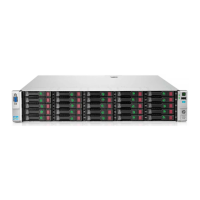
